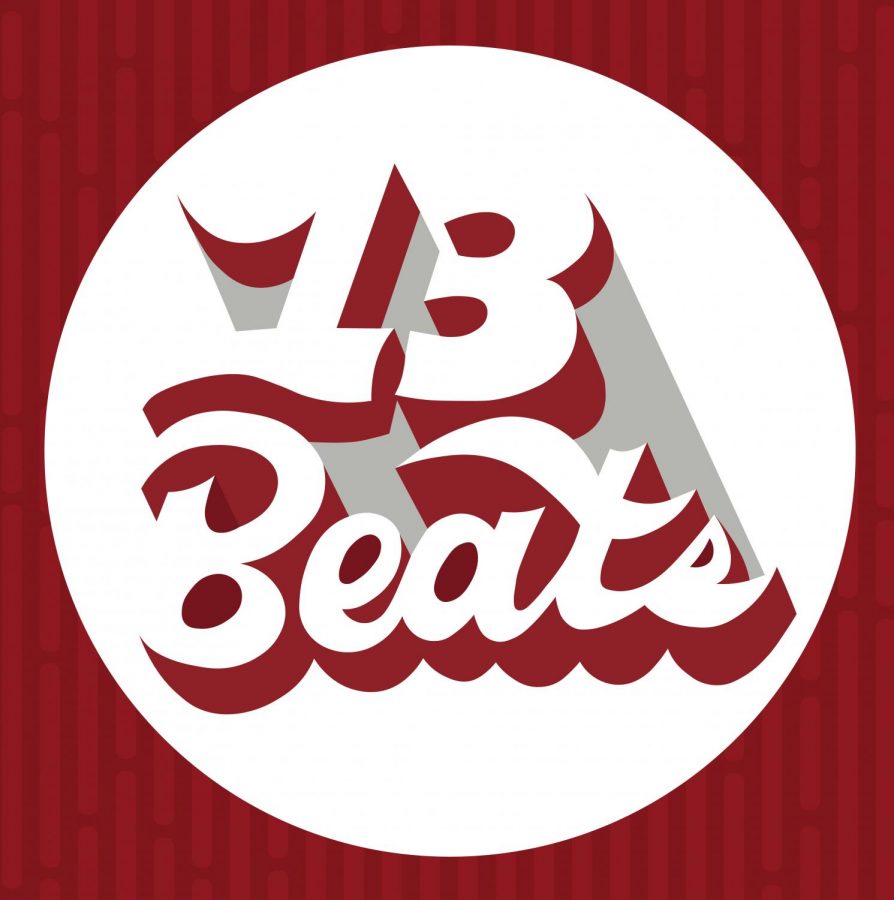The crowd’s chants of “Spicy Tuna” echoed throughout the arena. Some fans held beater shoes brimming with beer to their mouths, others manically waved mini white towels above their heads at the first signs of in-game action. All, to say the least, were excited.
There’s no denying that something was in the air that night in Salt Lake City’s Delta Center, during the Utah Hockey Club’s first home game in franchise history.
The arena was buzzing with a capacity crowd of more than 16,000 frenzied fans, 4,889 of whom paid around $85 for an obstructed view of the ice that blocked out one goal. No matter. The opener was a momentous night, far too hyped-up to be brought down by such trivial concerns as seating.
Along with their money —with which Utah fans bought so many beers, priced around $15, they broke a Delta Center record — the crowd brought home-made jerseys, yeti outfits and passion. Every zone entry, hit and shot was new, and something to cheer for. Only five minutes had gone by until Dylan Guenther broke the ice with the game’s opening goal and the arena exploded.
It was an evening of firsts: first goals and first fights, topped off by Utah’s first win of the season, 5-2 over the Chicago Blackhawks.
As announcer Ray Ferraro said, admiring the arena’s atmosphere before the game even started, “Welcome to the NHL, Utah.” Being welcome is an understatement.
The Utah Hockey Club is a relocated, new-and-improved rebranding of the Arizona Coyotes, a franchise who, for the past few seasons, became the league’s running joke. Management could not make the right decisions, owners would not spend money and players were not happy. Leadership was running their own team into the ground on a nightly basis in Mullet Arena, which is Arizona State University’s hockey rink and the home of the Coyotes from the 2022 season until their last.
But by mid-April 2024 the commissioner of the NHL, Gary Bettman, had had enough. Bettman decided that change was needed – and fast. He pitched the sale to Ryan Smith, the billionaire owner of the Utah Jazz, who had already been looking into the possibility of buying the Coyotes.
Smith was in. The five month race to construct facilities, acclimate players and introduce a completely new hockey market in Utah was officially on.
The Outlook
The Utah HC’s first season is projected to be a strong one – a 90-plus point finish and playoff appearance is not only possible, but expected. Recent projects have Utah finishing fifth place in the Central Division and securing a Wild Card spot, both of which would be a notable improvement from the Coyotes’ last few seasons given that they have not seen the light of playoffs since 2012.
Utah is not a star-powered team. They will have to rely on depth for sustainable success throughout the season. If Nick Schmaltz, Utah’s top line winger, isn’t able to pick up from his sturdy 61-point season from last year, Guenther should be able to fill in. Lawson Crouse’s grinder style should complement Josh Doan’s projected scoring ability. On the defensive end, Sean Durzi’s offensive playmaking should be balanced by the hard, shutdown play of his partner Juuso Välimäki. That all should happen.
But neither player in Utah’s leading defensive pair of John Marino, now out due to injury for the foreseeable future, and Mikhail Sergachev have ever been a game-changing defenseman. The team’s overall center depth is projected to be 31st in the league.
In addition, Logan Cooley and Barrett Hayton, Utah’s young top centers, still need room to develop and prove their flashy skills can make reliable plays.
Utah’s loss to the Anaheim Ducks on Wednesday, Oct. 16 raised concerns of the team’s fragility. With both Durzi and Marino out with injury, the defense’s ice times shot up across the board. Ian Cole, a third-line defensemen, had 24 minutes of icetime. Despite pushing the Ducks to overtime, a thin bench caused Utah’s defeat. Fans will see how Utah handles the significant challenge of losing two of their projected top three defenseman.
However, offensively, there’s been less hiccups, and more goals. Utah has been scoring – a lot. They rank second in the league, with 22 goals in its first six games. So far, the players who should be producing are living up to expectations. Hayton has four goals in six games; Guenther has five in six.
It’s still early, and the ups-and-downs of the adjustment period are yet to smooth out. The key, and test, for Utah this season will be consistency. Will a young, developing core be able to propel their team to the playoffs? Is the offensive depth strong enough to fill-in for the top players’ weaknesses? Will defense be able to stand the pressure and stay healthy? Will the Utah Hockey Club ever have a real name?
It’ll take at least another five months to find out – but I’m sure Utah fans will have a lot of fun doing so.















